INTERVIEW :: JIM MCCANN
 Jim McCann is primarily known for his work writing Marvel properties like Hawkeye and Mockingbird, Dazzler, the current Chaos War: Alpha Flight mini series, and the new miniseries Widowmaker. November saw the publication of McCann’s debut original graphic novel Return of the Dapper Men, a collaboration with artist Janet Lee that’s been steadily building industry buzz at major conventions throughout year. I spoke with Jim recently about his varied creative background, his past and future super hero projects, and of course the acclaimed Dapper Men.
Jim McCann is primarily known for his work writing Marvel properties like Hawkeye and Mockingbird, Dazzler, the current Chaos War: Alpha Flight mini series, and the new miniseries Widowmaker. November saw the publication of McCann’s debut original graphic novel Return of the Dapper Men, a collaboration with artist Janet Lee that’s been steadily building industry buzz at major conventions throughout year. I spoke with Jim recently about his varied creative background, his past and future super hero projects, and of course the acclaimed Dapper Men.
Seth Peagler (SP): First off Jim, thanks for taking time out of your busy week to answer a few questions. I’d imagine you’re pretty excited about the public finally getting a chance to get a copy of Return of the Dapper Men. Before we talk about that book I’d like to ask you a little bit about your history in comics. Some people might not be aware that you worked for Marvel for several years in the publicity and PR arenas. How and when did you decide to transition over to the creative side of things?
Jim McCann (JM): Thanks, Seth. I started at Marvel with a complete leap of faith. It was literally on my 30th birthday when I packed everything up, moved, and sold the house. I didn’t have a job, but within two months was working there. I started three days after I submitted my resume, so it was definitely a quick turn around process. Initially I wrote ad copy before they moved me over to PR and marketing. That’s when I started doing publicity and moderating panels. Two years into being over there I wrote my first eight page story in a Marvel Western book.
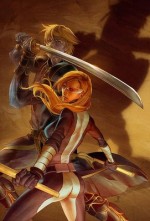 SP: As someone who was a big part of Marvel convention panels, what’s it like to be on the other side of the scene now? Were there specific aspects of your publicity work that has influenced your approach to comic writing?
SP: As someone who was a big part of Marvel convention panels, what’s it like to be on the other side of the scene now? Were there specific aspects of your publicity work that has influenced your approach to comic writing?
JM: I definitely made a number of friendships. Marvel does a great job of marketing their books, and I learned from seeing that and reading every single interview that went through there. But it absolutely helped me on creator owned projects too. It really helped me learn how to sell and market my books. Ultimately, its up to the creators to market themselves.
SP: Many comic writers study screenwriting at one point or another, but I’m not immediately aware of many who have a background in theater. You co-founded and were the artistic director for the Nashville Theatre Company. How has your involvement in the theater informed your writing work in comics? Are there certain similarities between the process of writing for comics and writing for theater that you’ve noticed?
JM: I think it’s important for writers to study all forms of writing as well as acting. It teaches you how you can write a line of dialogue and the ways it can be interpreted. Theater taught me how to write under pressure, and also about the economy of words. Directing theater helped me check out what people were interested in and what types of stories people wanted to see.
 SP: Switching gears to your mainstream super hero work, I’d like to ask you a little bit about your recent Marvel work. There’s been an obvious proliferation of Avengers titles in the past few years; do you think that a book like Hawkeye and Mockingbird benefits from that, or can it get lost in the shuffle?
SP: Switching gears to your mainstream super hero work, I’d like to ask you a little bit about your recent Marvel work. There’s been an obvious proliferation of Avengers titles in the past few years; do you think that a book like Hawkeye and Mockingbird benefits from that, or can it get lost in the shuffle?
JM: There were a lot of great books that came out around the time of Hawkeye and Mockingbird. I think it’s funny because the same thing holds true for indie books as well. People are afraid to try things because they’re not sure if a book matters in the whole comic universe. It was a different culture when Marvel Knights started. People started wanting a more cohesive universe and ended up following only the core Avengers books or X books. Titles were a little shaky for solo books when the characters were on other books.
SP: I’ve been an ardent supporter of this title and really appreciate how you managed to take the characters back to their adventurous roots while still maintaining their relevance among modern Marvel heroes. With their main title seemingly coming to an end following the Widowmaker mini series, can you talk at all about some of the Marvel projects or characters we might see you working on in the next year?
 JM: We wanted Widowmaker to be a great jumping on point for readers. Beyond that I’m writing Hawkeye: Blindspot, which is where I wanted the Hawkeye and Mockingbird story to go. Hopefully by going straight onto Hawkeye: Blindspot from Widowmaker we’ll have people jumping on board. Blindspot is the Hawkeye story I’ve wanted to tell for a long time.
JM: We wanted Widowmaker to be a great jumping on point for readers. Beyond that I’m writing Hawkeye: Blindspot, which is where I wanted the Hawkeye and Mockingbird story to go. Hopefully by going straight onto Hawkeye: Blindspot from Widowmaker we’ll have people jumping on board. Blindspot is the Hawkeye story I’ve wanted to tell for a long time.
SP: I’d like to talk about Return of the Dapper Men. I think I first became aware of this book at C2E2 earlier in the year. There was already definite excitement there about the book and it’s only grown throughout the convention year. I think one of the obvious elements of the book that’s attracting attention is the idea that the story seems to focus on several timeless themes. It’s being billed as an all-ages fairy tale, but seems to include numerous fantasy and steampunk elements as well. I’m curious, was this project always intended to be an all-ages story or did it develop organically into that form?
JM: What we wanted to create in this is something that brings back the feeling that fairy tales had with the original texts of Alice in Wonderland and Peter Pan, and things like Roald Dahl and Shel Silverstein or Maurice Sendak. You can read it to a kid, or read it as an adult and get a whole other thing. It was nice to write something that didn’t talk down to a reader since it is all ages. I didn’t pull back on the vocabulary, but it encourages kids to ask their parents what a word means or to go look it up themselves.
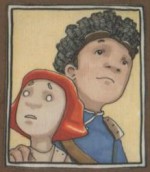 SP: Your collaborator Janet Lee has a distinct art style that seems to share some of the timeless qualities that the series evokes. Was the Dapper Men story one that you’ve had in mind for a while or was it something that you were inspired to craft after becoming aware of Lee’s work?
SP: Your collaborator Janet Lee has a distinct art style that seems to share some of the timeless qualities that the series evokes. Was the Dapper Men story one that you’ve had in mind for a while or was it something that you were inspired to craft after becoming aware of Lee’s work?
JM: Janet and I have been friends for fifteen years. I watched her art style evolve and grow, and every year after being in New York I would go by and see Janet and buy some art. One Christmas I came in and saw this amazing six foot tall painting. It had these seven dapper gentlemen raining down. And she had this Christmas ornament that had a little steampunk girl on it. It wasn’t until I got back to New York that I thought about these pieces and how they fit together. Pretty soon after that a fairy tale dropped into my head. I wrote ten pages quickly and sent it to her and asked her if she wanted to do a graphic novel. At the time she was a gallery artist and hadn’t done any sequential work, but she said she could always try. The world has a kind of steampunk flavor. It’s a clockwork universe, and it could be very cold if it was digitally rendered but in Janet’s work you can see every brushstroke. I like that it’s very organic.
SP: I’m always interested in discussing a creator’s specific process. About how long did you work on this story from its initial kernel to its finished script?
 JM: Dapper Men was very different from doing a monthly book where you know you have a framework. When you’re building your own world, you have freedom to move around. In 2009 we noodled around for a few months and then at San Diego Comic Con I pitched it to Archaia and they greenlit it on the floor. I’m usually able to write very quickly, but Dapper Men was very different. I didn’t have forty years of continuity to lean on. Janet’s art was very inspirational to me. I had the whole outline and major beats but as she turned pages in the story would expand a little bit, so I’d write an act over a weekend, about forty pages, then take a month off. Then more pages would come in and I’d write, then take more time off. Before I’d written the ending I saw a doodle Janet had done that she was going to put in the background. I knew how this one would end, but that doodle influences the next two books. There’s a teaser at the end of Return of the Dapper Men that has the first line of the second volume. At this point I’m writing the second and third volumes.
JM: Dapper Men was very different from doing a monthly book where you know you have a framework. When you’re building your own world, you have freedom to move around. In 2009 we noodled around for a few months and then at San Diego Comic Con I pitched it to Archaia and they greenlit it on the floor. I’m usually able to write very quickly, but Dapper Men was very different. I didn’t have forty years of continuity to lean on. Janet’s art was very inspirational to me. I had the whole outline and major beats but as she turned pages in the story would expand a little bit, so I’d write an act over a weekend, about forty pages, then take a month off. Then more pages would come in and I’d write, then take more time off. Before I’d written the ending I saw a doodle Janet had done that she was going to put in the background. I knew how this one would end, but that doodle influences the next two books. There’s a teaser at the end of Return of the Dapper Men that has the first line of the second volume. At this point I’m writing the second and third volumes.
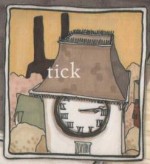 SP: How did you balance your mainstream superhero work with this your first creator owned project?
SP: How did you balance your mainstream superhero work with this your first creator owned project?
JM: Right now the Marvel stuff pays the bills and I very much enjoy it. Who didn’t want to grow up and write Marvel books? I’m learning from Dapper Men, but that said I’ve got two or three things I want to work on. But first I want to finish Dapper Men before I start to work on other things.
SP: Jim, thanks again for your time. Congratulations on your success. We’ll look forward to continuing to have your books available for our customers at Heroes Aren’t Hard to Find.
JM: Thanks, Seth! I look forward to seeing you all at HeroesCon this year.





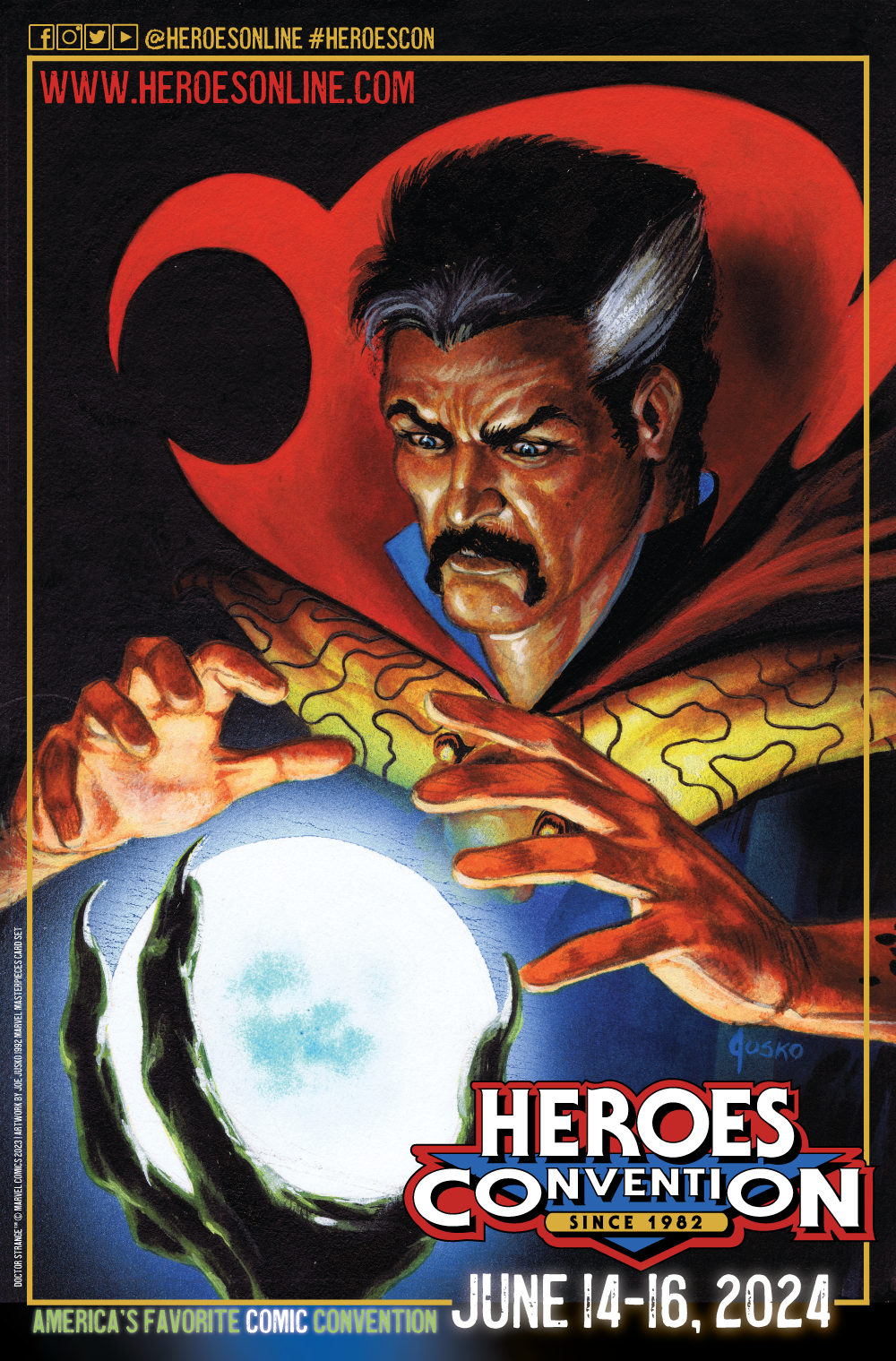


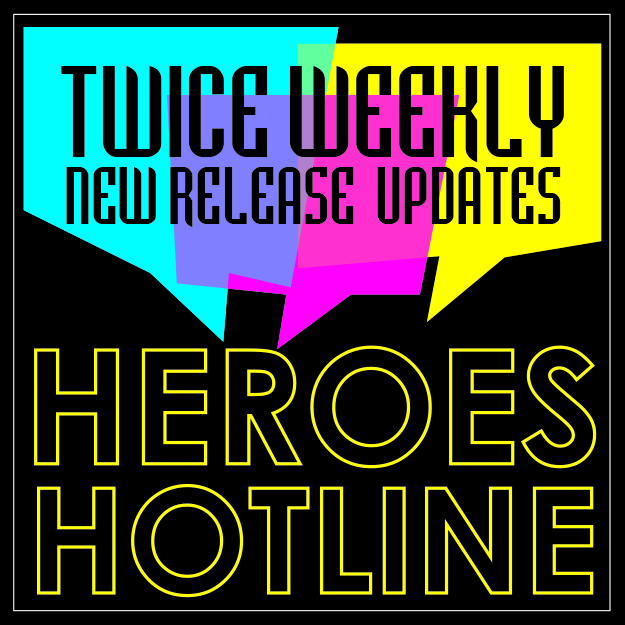



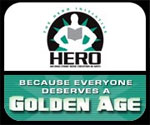

Great review! If you haven’t read “Return of the Dapper Men” then do yourself a favor and pick it up ASAP!
Fantastic interview, Seth! And, good to know we’ll be seeing him at HeroesCon again 2011. Looking forward to the second Dapper Men book.
Thanks, Tim! I enjoyed talking with Jim and think he’s a genuinely talented writer who we should expect great things from in the coming years. We haven’t officially confirmed that he’ll be at Heroes Con this year but I’m glad he wants to come back, and hopefully we’ll see him again this summer.